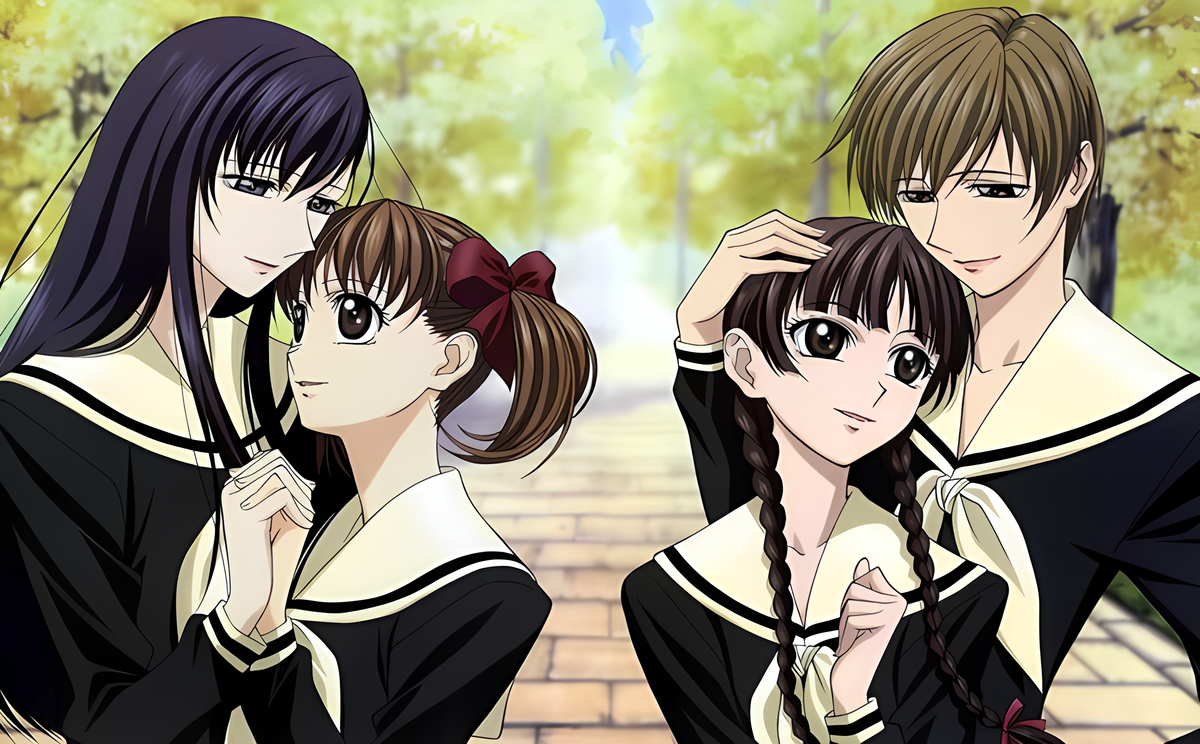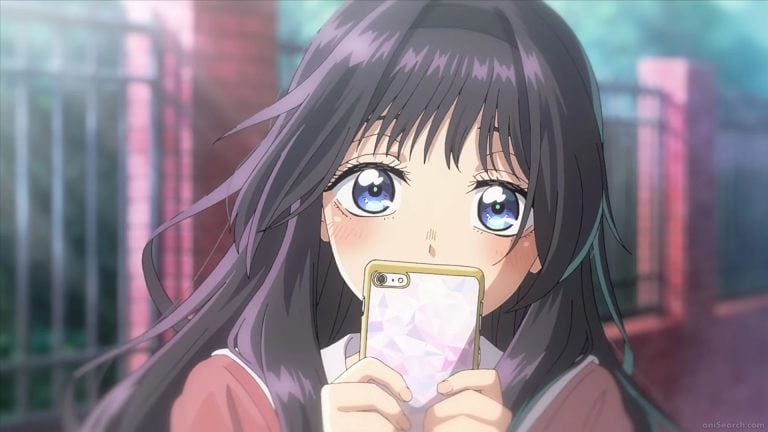Yuri anime has exploded in popularity over the past few years, but some genuine gems still fly under the radar. Whether they aired at the wrong time, got overshadowed by bigger releases, or just never found their audience, these 10 shows deserve way more love than they get.
1. Dear Brother
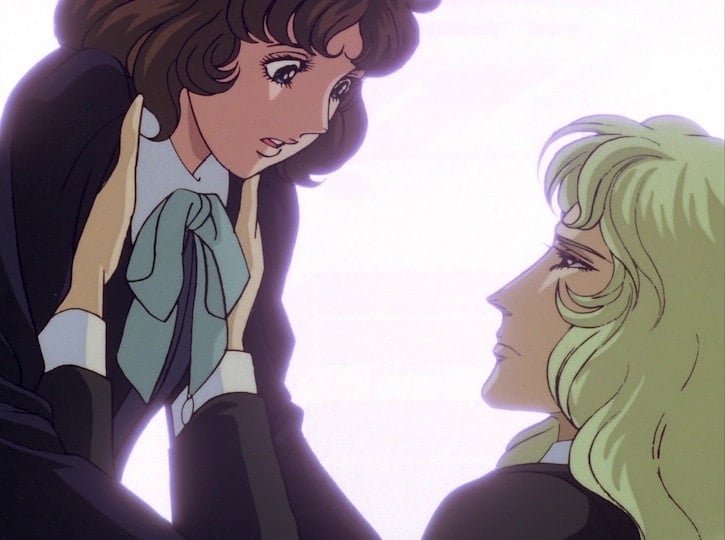
This 1991 masterpiece from Tezuka Productions directed by Osamu Dezaki rarely gets mentioned in modern yuri conversations, which is criminal considering its influence. The story follows Nanako entering an elite all-girls academy where she gets caught up in intense friendships, jealousy, and obsession among the student body. The show doesn’t shy away from dark themes like addiction, suicide attempts, and toxic relationships, making it feel decades ahead of its time.
Based on Riyoko Ikeda’s manga (the same creator as Rose of Versailles), it explores how young women deal with love and identity in a suffocating social hierarchy. The dramatic 70s shoujo art style with its sparkling eyes and flowing hair might look dated, but the emotional complexity is timeless. Modern fans obsessed with Utena need to watch this because it laid the groundwork for psychological yuri storytelling that Western audiences barely know exists.
2. Whispered Words
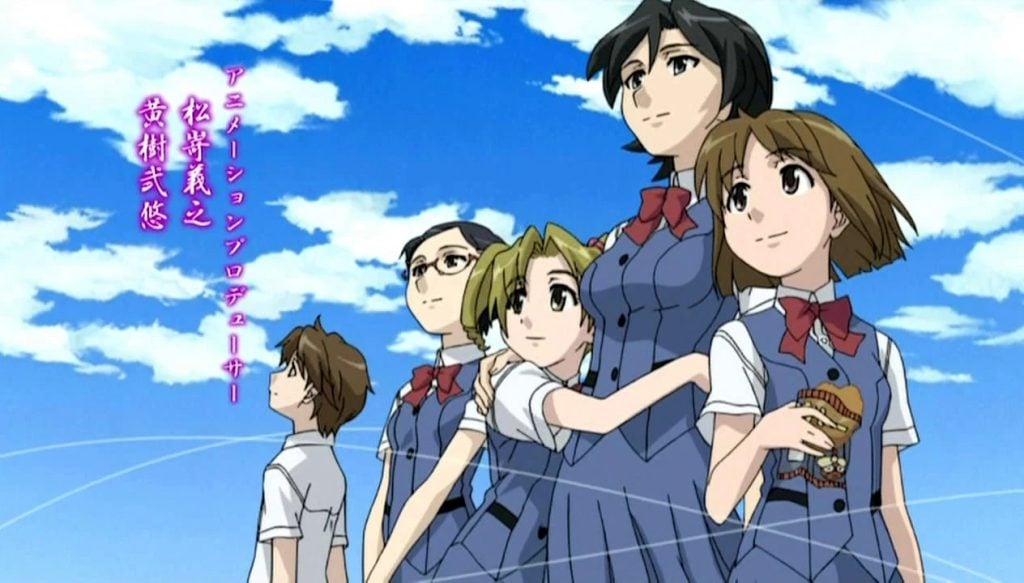
Whispered Words is a 2009 yuri anime that centers around Sumika Murasame, a tall, sporty high school girl who’s secretly in love with her best friend, Ushio Kazama. The twist? Ushio only likes “cute” girls.
The show tackles relatable teenage themes like unrequited crushes, self-acceptance, and the ups and downs of growing up, blending humor and heart. To top it off, the side characters are also entertaining—like Mika, Sumika’s supportive bestie; Mari, Ushio’s playful friend; Kaho, their sweet and funny classmate; and even the cross-dressing boy who has a thing for Sumika.
3. Kase-san and Morning Glories
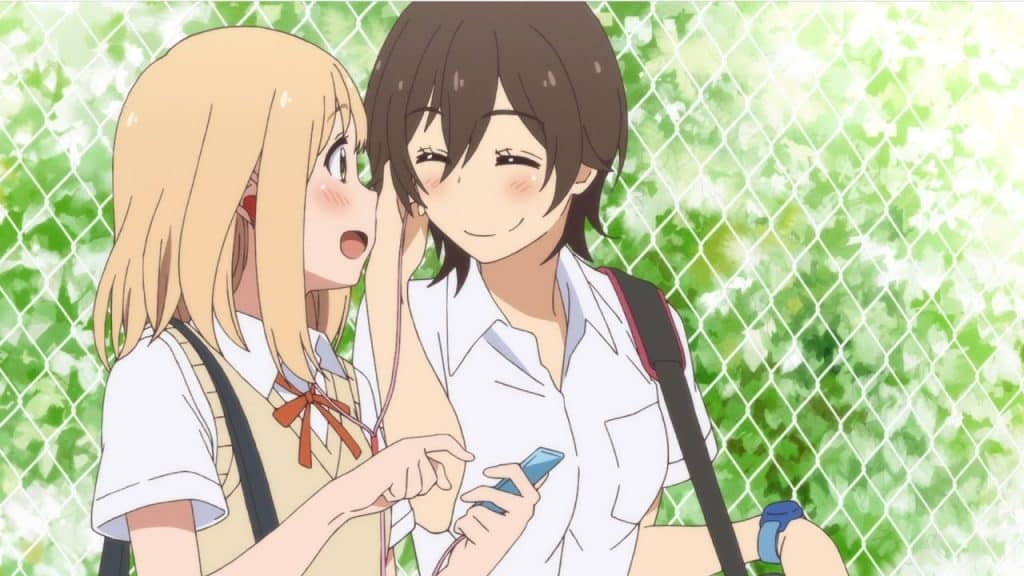
Kase-san and Morning Glories is an OVA that deserved to be a full series instead of just 58 minutes because what we got was pure perfection. Yui Yamada is a shy girl who tends the school garden, while Tomoka Kase is the confident track star, and their relationship develops with a refreshing honesty that most yuri anime avoid. They actually communicate about their feelings, deal with jealousy in healthy ways, and the story doesn’t treat their relationship as something scandalous or temporary
The animation captures Hiromi Takashima’s original manga art beautifully, especially during the more intimate moments that feel genuinely romantic rather than just fanservice-y. Unfortunately, OVAs don’t get the same attention as TV series, so tons of yuri fans have never even heard of it despite it being one of the most satisfying romance stories in the genre.
4. There’s No Freaking Way I’ll be Your Lover! Unless…
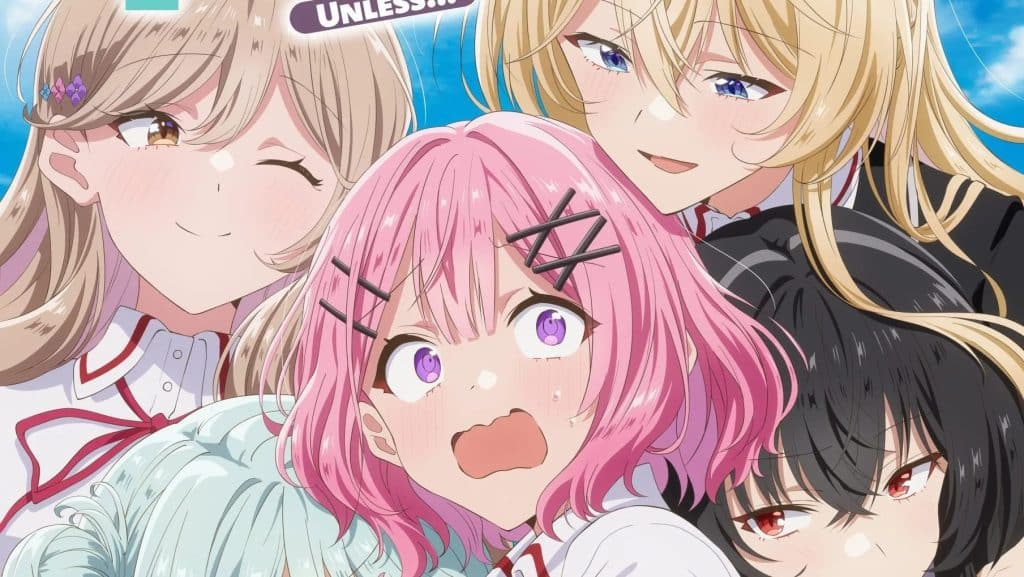
Studio Mother adapted There’s No Freaking Way I’ll Be Your Lover! Unless… as a 12-episode anime in 2023, making it a standard single-cour series with a total runtime of about four hours. Renako Amaori keeps rejecting her classmate Mai’s confessions because she insists she’s not into girls, yet she keeps finding excuses whenever Mai does something that makes her heart skip a beat. The comedy comes from watching Renako’s mental gymnastics as she tries to convince herself she’s totally straight while clearly falling for Mai.
What makes this show stand out is how well it captures that messy phase of questioning your sexuality. The episodes give the comedy perfect timing, and each one ends on a moment that’ll make you grin. Even though it’s easy to overlook, the series is quite unique, being the yuri version of the mainstream harem romcoms.
5. Revolutionary Girl Utena: The Adolescence of Utena
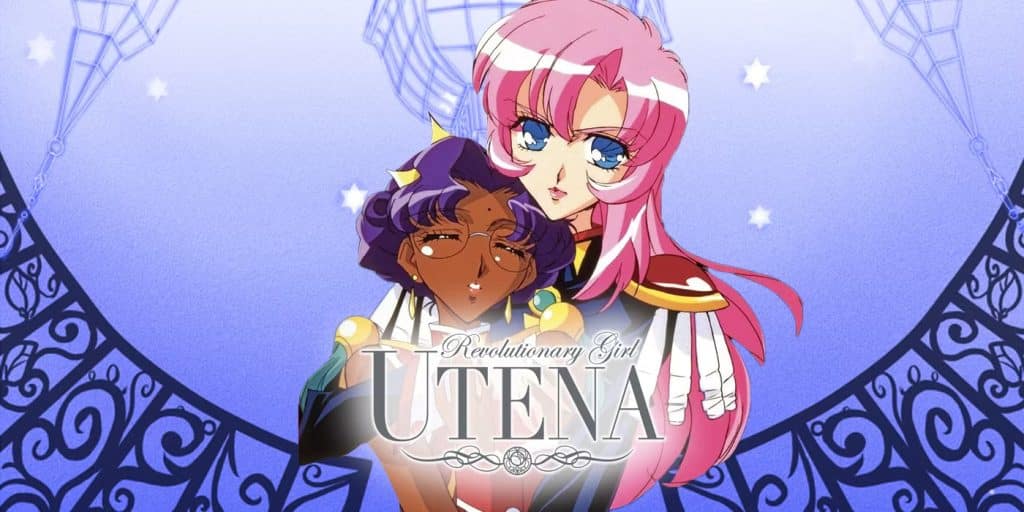
People worship the original Utena TV series, but somehow sleep on this 1999 theatrical film that takes everything wild about the show and cranks it to eleven. Director Kunihiko Ikuhara transformed the story into something more surreal and openly queer, with Utena and Anthy’s relationship becoming explicitly romantic rather than subtextual. The movie throws out conventional storytelling for pure visual symbolism, with car transformations, rose imagery, and reality-bending sequences that make the TV series look restrained.
J.C.Staff handled the animation with a higher budget that shows in every frame, creating some of the most gorgeous and bizarre imagery in anime history. Usually, newcomers get told to watch the 39-episode series first and never circle back. However, for pure queer storytelling that refuses to compromise its vision, nothing else comes close.
6. I Want to Love You Till Your Dying Day Pilot Film
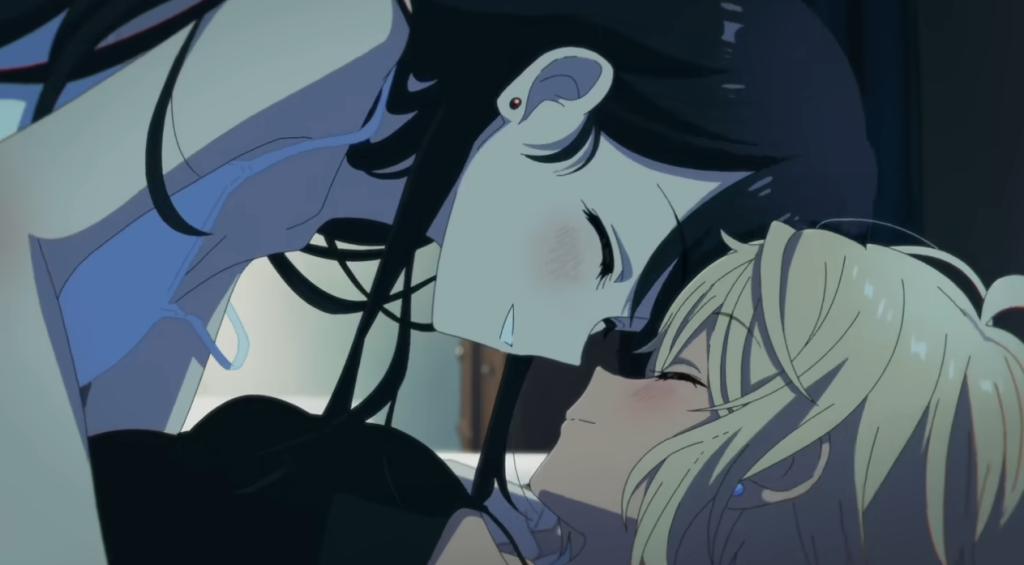
I Want to Love You Till Your Dying Day Pilot Film is a pilot from Creators in Pack that is so obscure that even dedicated yuri fans often haven’t heard of it. Needless to say, it’s a shame because the concept is heartbreaking and beautiful. The story centers on two women whose relationship spans years as they navigate life together, with the title hinting at the bittersweet reality of loving someone, knowing time is finite.
The pilot uses limited animation effectively to create an intimate atmosphere that feels more like a moving picture book than a traditional anime. What makes it special is the mature approach to romance between adult women rather than high schoolers, exploring themes of commitment and mortality that most yuri stories never touch.
An anime adaptation of the series has been announced, produced by ROLL2—known for Chainsaw Man and The Elusive Samurai—and is scheduled for Winter 2026.
7. Simoun
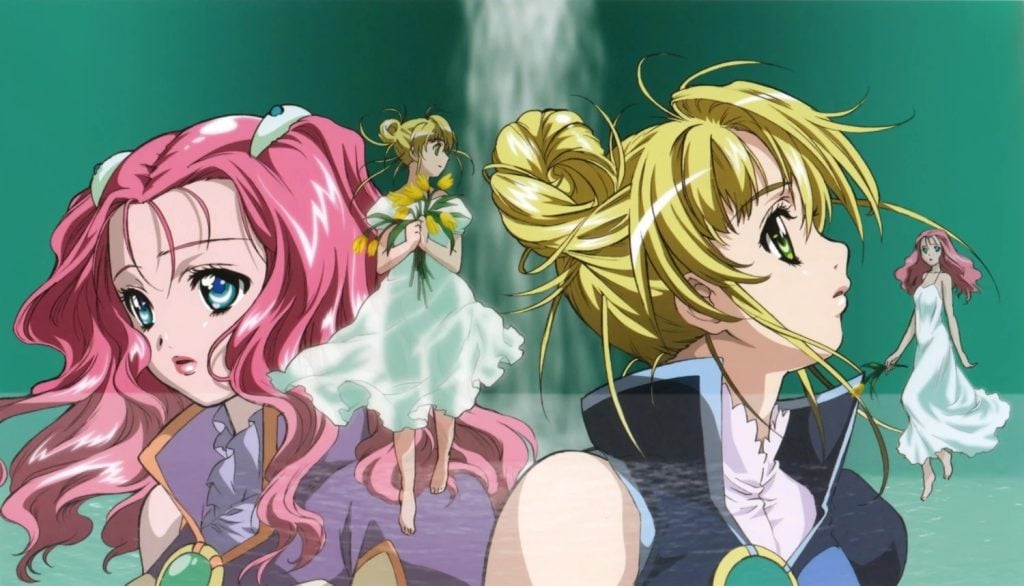
One of the most ambitious and overlooked yuri anime ever made by Studio Deen, Simoun suffers from the sci-fi war label, which might have scared off typical romance fans. In this world, everyone is born female and chooses their permanent gender at age 17, but the priestesses who pilot sacred aircraft called Simoun delay this choice to maintain their power.
The show explores gender identity, sexuality, and the trauma of war through relationships between the pilots who must kiss to activate their ships. Limone and Aer’s romance drives much of the emotional core, but every pairing gets meaningful development that questions what love means when gender isn’t fixed. The combination of complex worldbuilding, religious symbolism, and character-driven drama proved too weird for mainstream audiences, leaving it as a cult classic that deserves way more recognition for how thoughtfully it handled queer themes.
8. My-Hime
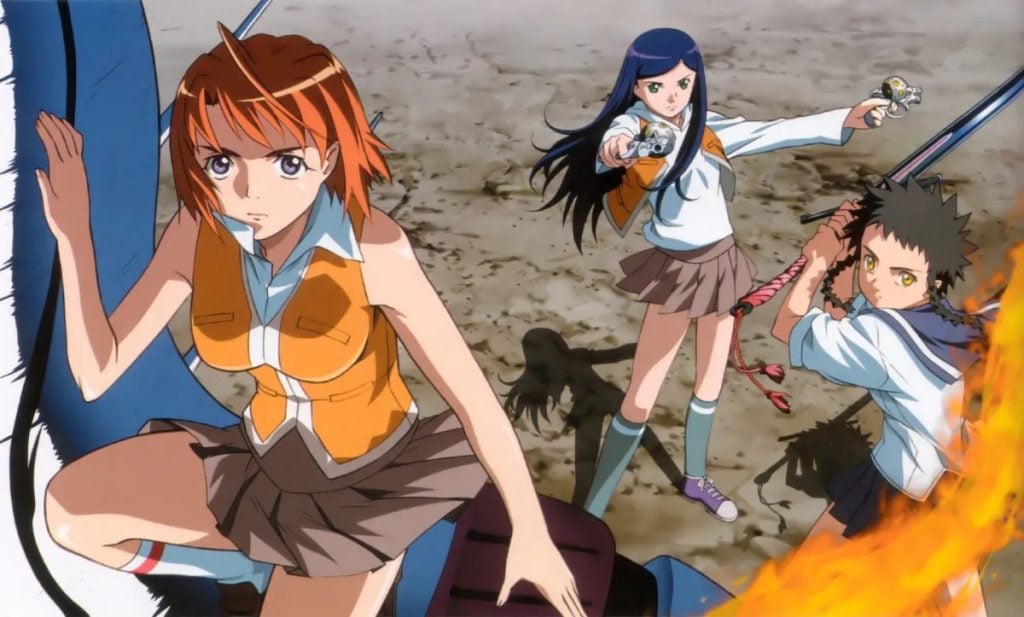
Sunrise’s 2004 magical girl series gets remembered for its action and battles, but people forget about the significant yuri relationships woven throughout. Shizuru’s feelings for Natsuki create one of the most intense and tragic storylines in the series, exploring obsessive love and betrayal in ways that felt groundbreaking for mainstream anime.
The show doesn’t treat same-sex attraction as a joke or side detail but as a driving force behind major plot developments that affect everyone. Multiple female characters show romantic or sexual interest in each other, making it queerer than most people remember from a time when explicit yuri was rare in action shows.
9. Maria Watches Over Us
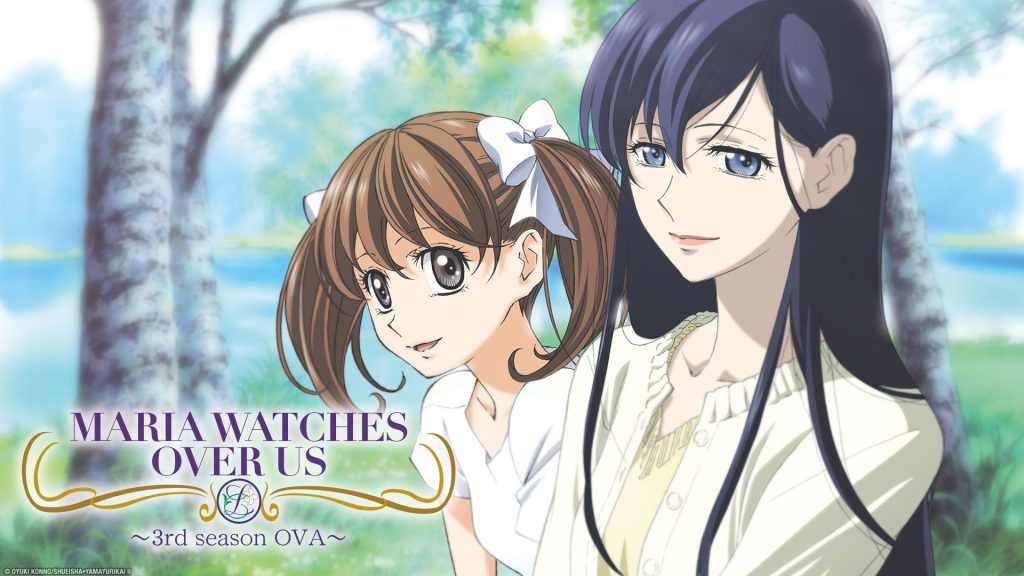
An older classic that defined the Class S yuri subgenre, Maria Watches Over Us is an underrated series that younger fans often act as if it doesn’t exist. Set in an all-girls Catholic school, the story follows the “soeur” system where older students guide younger ones in intimate mentor relationships that blur romantic and platonic lines. The slow-burn tension between Yumi and Sachiko spans multiple seasons as they deal with their feelings neither can quite name within the school’s traditional structure.
To this day, the anime remains historically important thanks to how it portrayed female relationships with depth and nuance during an era when most yuri was either subtext or explicit content with no middle ground. Modern audiences find the pace too slow and the lack of explicit romance frustrating, but that restraint creates an aching tension that makes every hand touch and meaningful glance hit harder than any kiss scene could.
10. I’m in Love with the Villainess
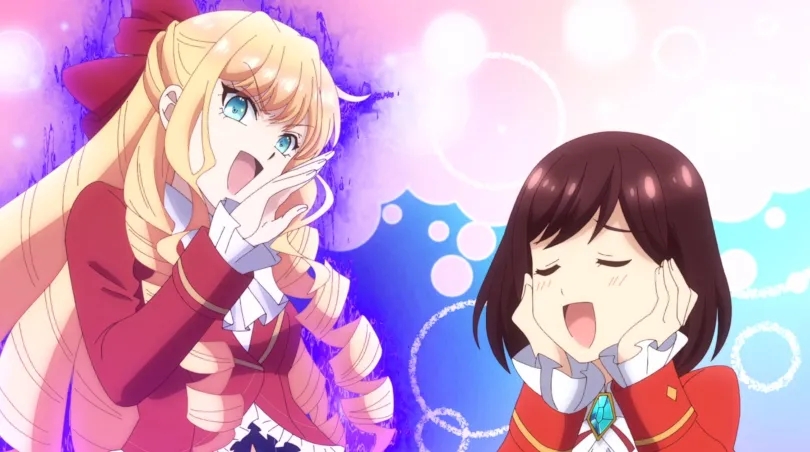
I’m in Love with the Villainess flips the usual otome game story on its head. You follow Rae Taylor, a regular office worker who’s reincarnated into her favorite game, Revolution, and instead of chasing the guys, she sets her sights on the villainess, Claire François.
Loved for its cute yuri romance, fun characters, and playful poke at typical game tropes, it’s remained a hidden gem for most viewers. That said, anyone who’s into yuri stories, quirky romance, and self-aware comedy will probably adore it.

